Optimal Utilization of Phosphorus, Potassium and Sulfur Fertilization in Corn-Soybean Rotations
Study author(s): Daniel Kaiser, University of Minnesota, Department of Soil, Water, and Climate
Years of study: 2011 – 2017
Location(s): Red Wing MN, Rochester MN, Becker MN, and Lamberton MN
Important: for the complete report, including all tables and figures, please download using the link(s) to the right.
summary
When deficient, the application of P, K or S increased corn yield. It is unlikely that the application of P or S will affect the responsiveness of corn or soybean to K. The only consistent interaction between nutrients was between P and S. Interactions between P and S are likely a result of S impurities in P fertilizer supplying some of the S needs for corn. The removal of all macronutrients are most likely affected by P, K, or S enhancing grain yield. The application of S may reduce the uptake of B or Zn over a two-year rotation. The application of K will reduce the uptake of Mg.
Soybean grain yield was enhanced when P, K, or S was applied ahead of corn. Yield effects were more consistent for the corn crop but when soil P or K test is low soybean will likely respond even if fertilizer is applied ahead of corn. Soybean yield was affected by S applied ahead of corn at two locations. Soil test P, K, or sulfate-S were all increased with the application of the three nutrients.
Soil test P and K will increase in the top six inches when P or K fertilizer is applied. Increased P or K soil test at deeper depths depends on tillage and soil texture. If enrichment occurs it is more likely to happen for the 6-12” depth except for sandy soils where soil test levels at deeper depths may be affected by broadcast incorporated fertilizer application. Potassium is mobile in sandy soils. Soil test sulfate can be affected by S fertilizer application within the top two feet and may be found one or two years following application. Rainfall will push sulfate-S deeper in the profile but it still may be possible to detect fertilizer applied one or two years after application.
